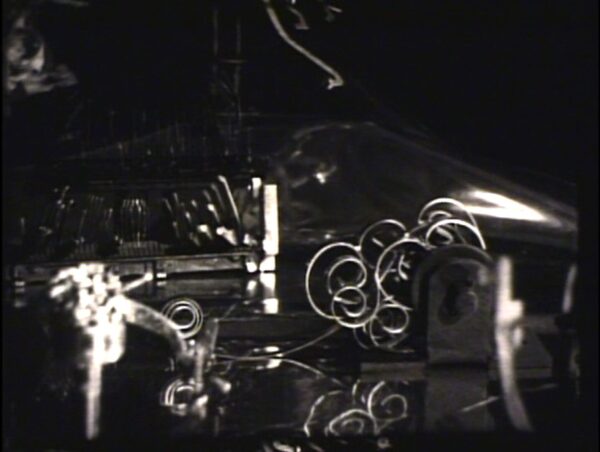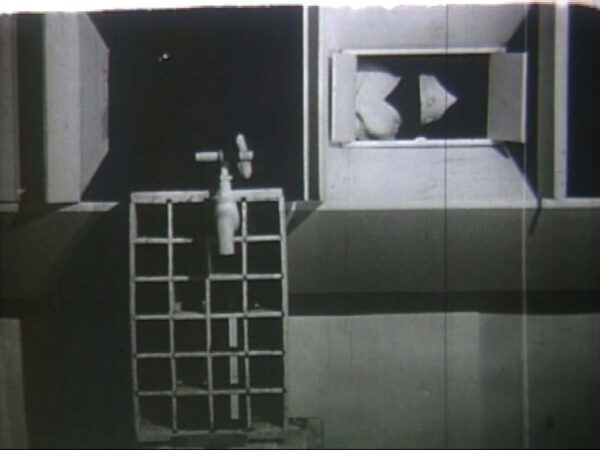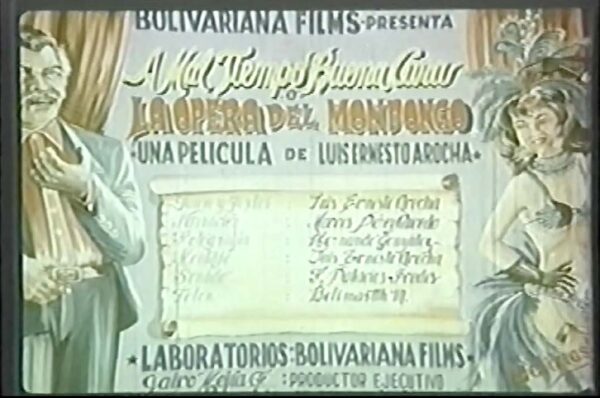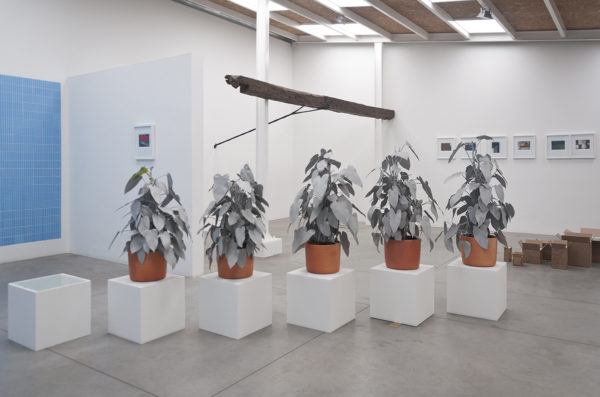
In 1964, after spending a summer in New York and being astonished by the experimental cinema that was transforming the artistic scene of the city, Luis Ernesto Arocha bought an 8mm camera with an automatic zoom and shot his first film La Pasion y Muerte de Marguerite Gautier. This feature is more than just a story, but also presents a way to explore the ideas and experiments he saw in films by his principal influences, namely Warhol, Brackhage and Anger.
From this moment on, Arocha, who was originally an architect, has devoted himself to the exploration of cinema and video art, moving transgressive ideas and techniques to the tropical context of his native city of Barranquilla, situated on the Caribbean coast of Colombia. With these mixtures he creates a rich imaginary marked by local particularities, mixing his extravagant personality and the language of experimental cinema, something that is being constantly reviewed and innovated.
In Barranquilla in the decades of the sixties and the seventies, Arocha, along with his close circle of friends and artists, generated new aesthetic panoramas that opened the door to conceptual practices and avant-garde proposals in regard to the moving image. Arocha can be seen as the first of his kind in the history of the arts in Colombia. Furthermore, through his lens, with his very particular way of portraying, he created experimental films along with some of Colombia’s most important artists, such as the sculptor Feliza Burstyn, among others. He wanted to document art from an artistic point of view and no doubt generated a transcendental change in the way we appreciate art in Colombia.
Arocha uses both terror and humor to talk about the colonial structures that still survive and coexist in different cultures, and how through their union a society emerges that is charged with the complexes and idiosyncrasies that affect and mark his daily life.
He has constructed a body of work that is characterized by homoerotic content, social critique, irony, the seduction of the monstrous, and the dissociation of the image through technical and conceptual experimentation.








